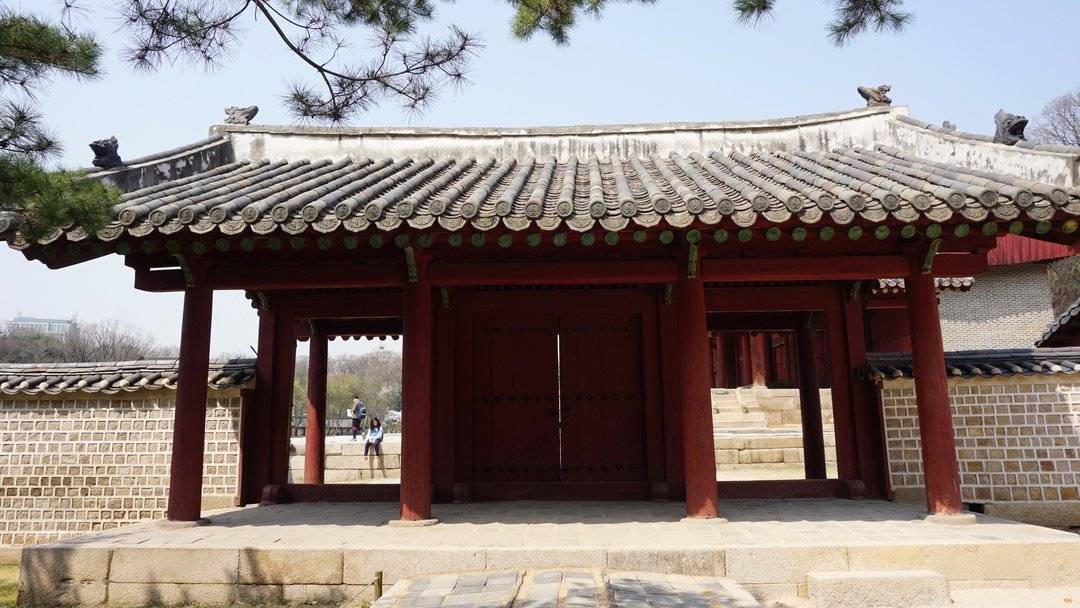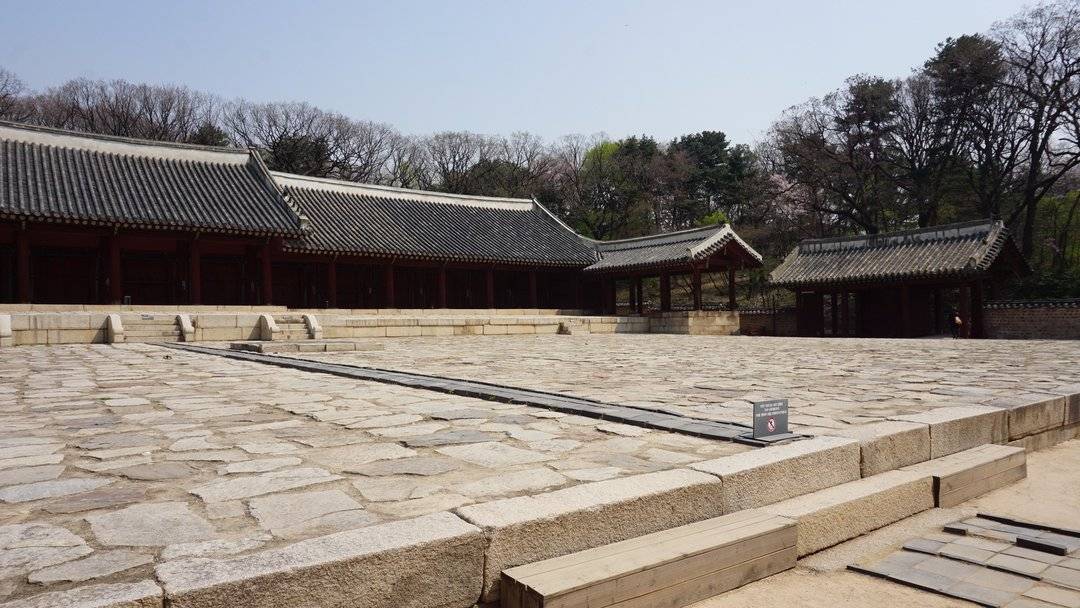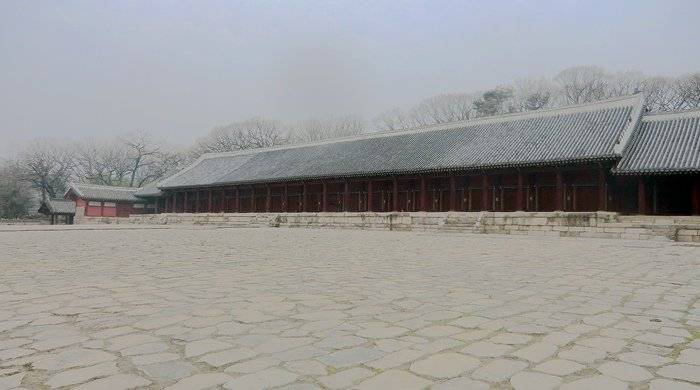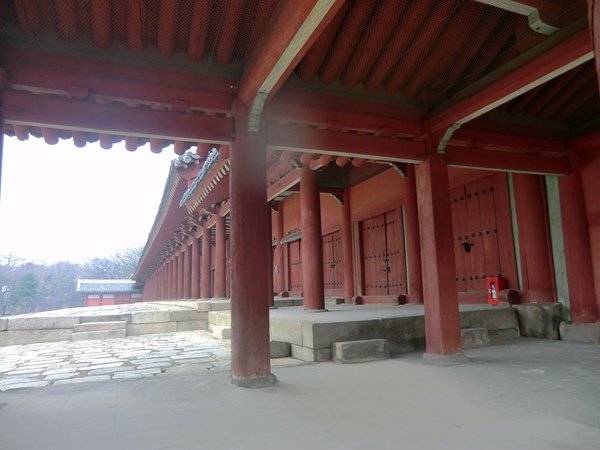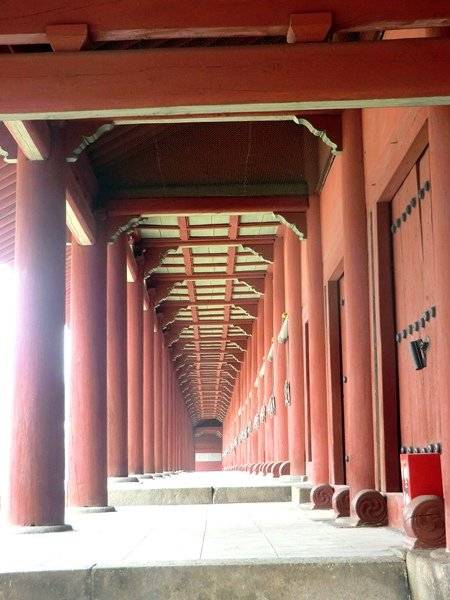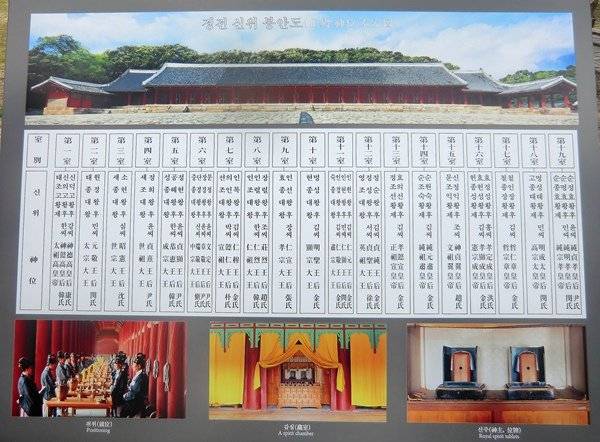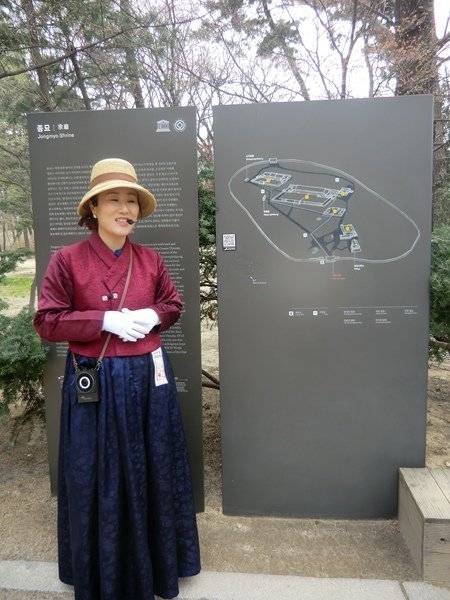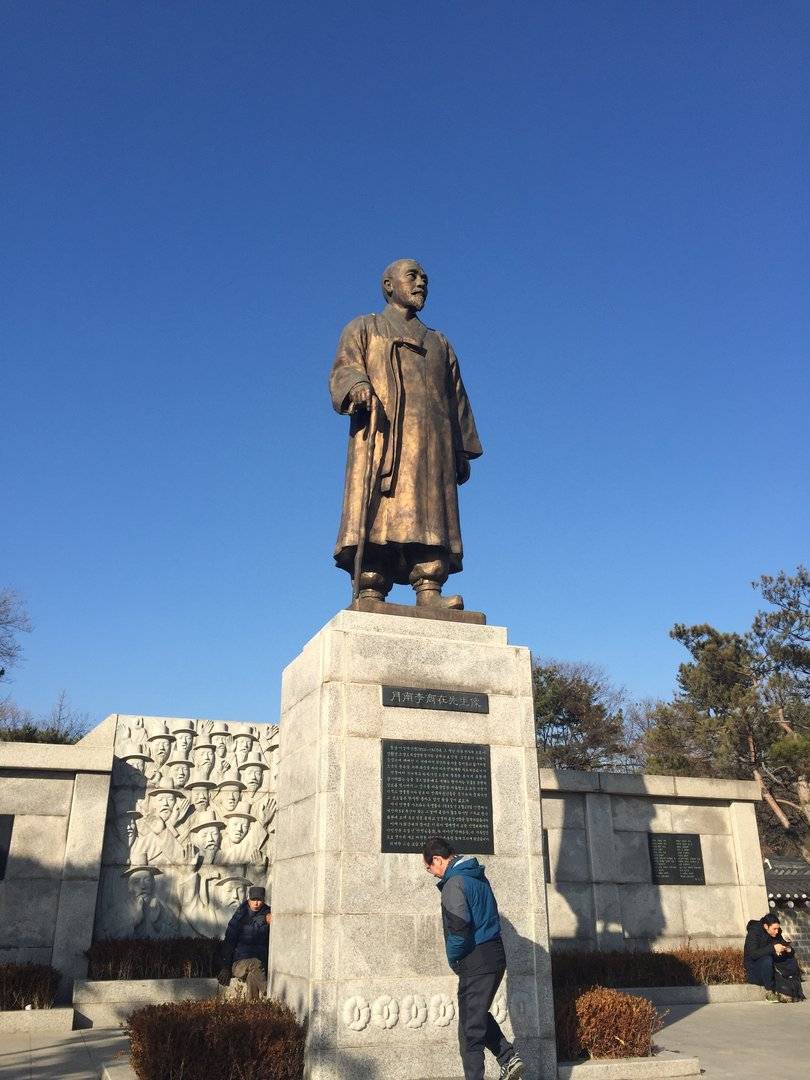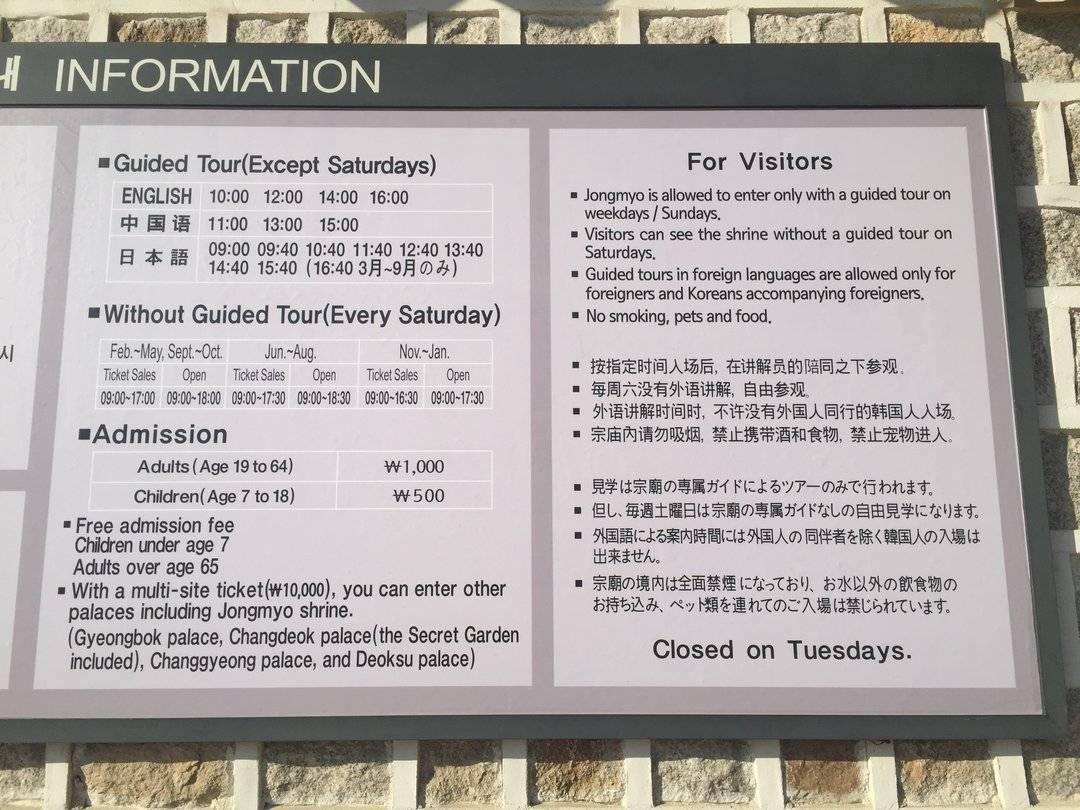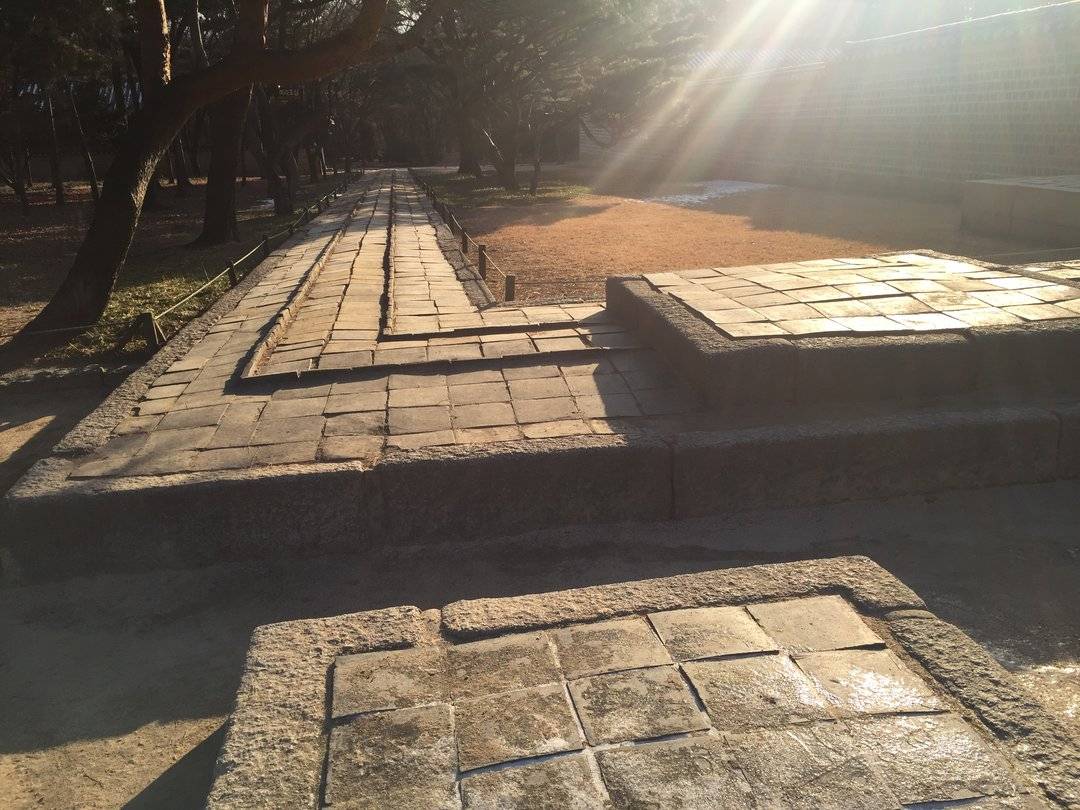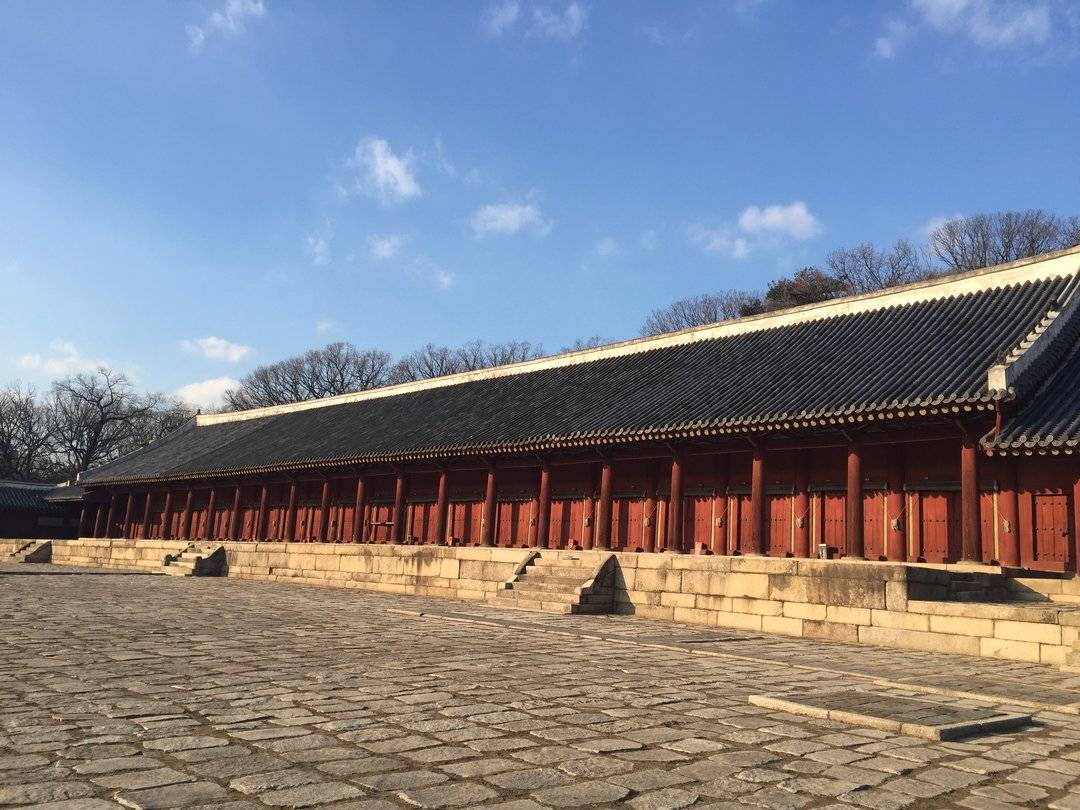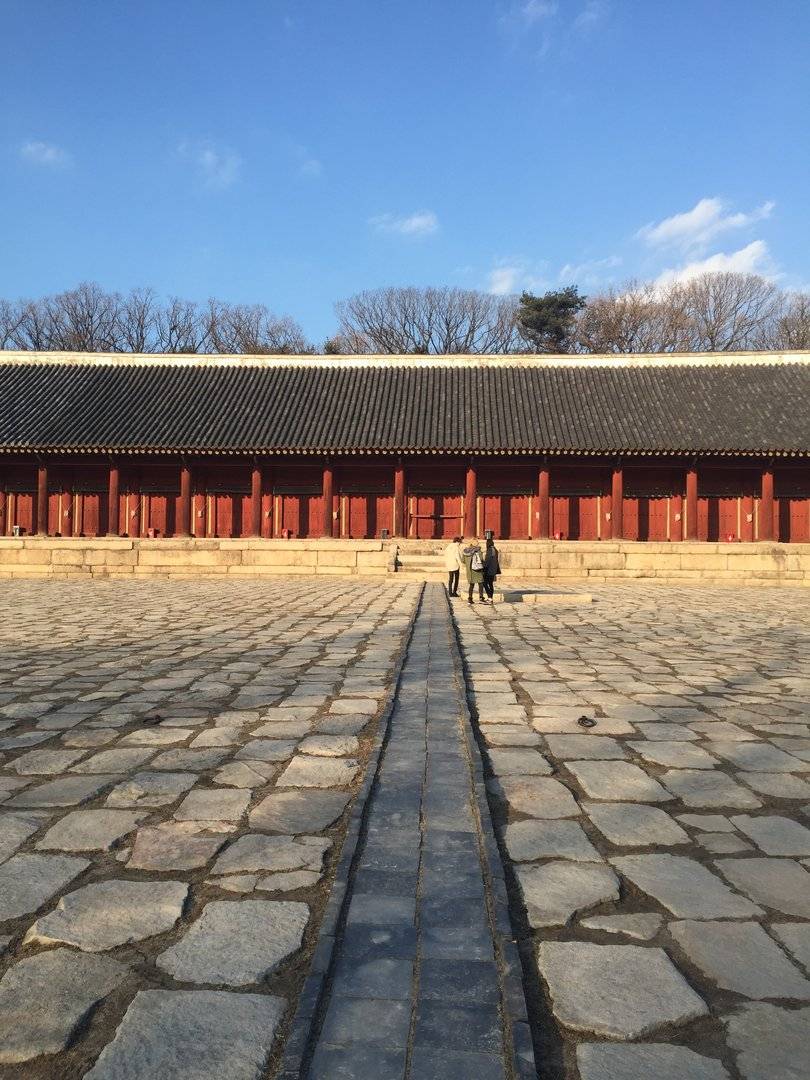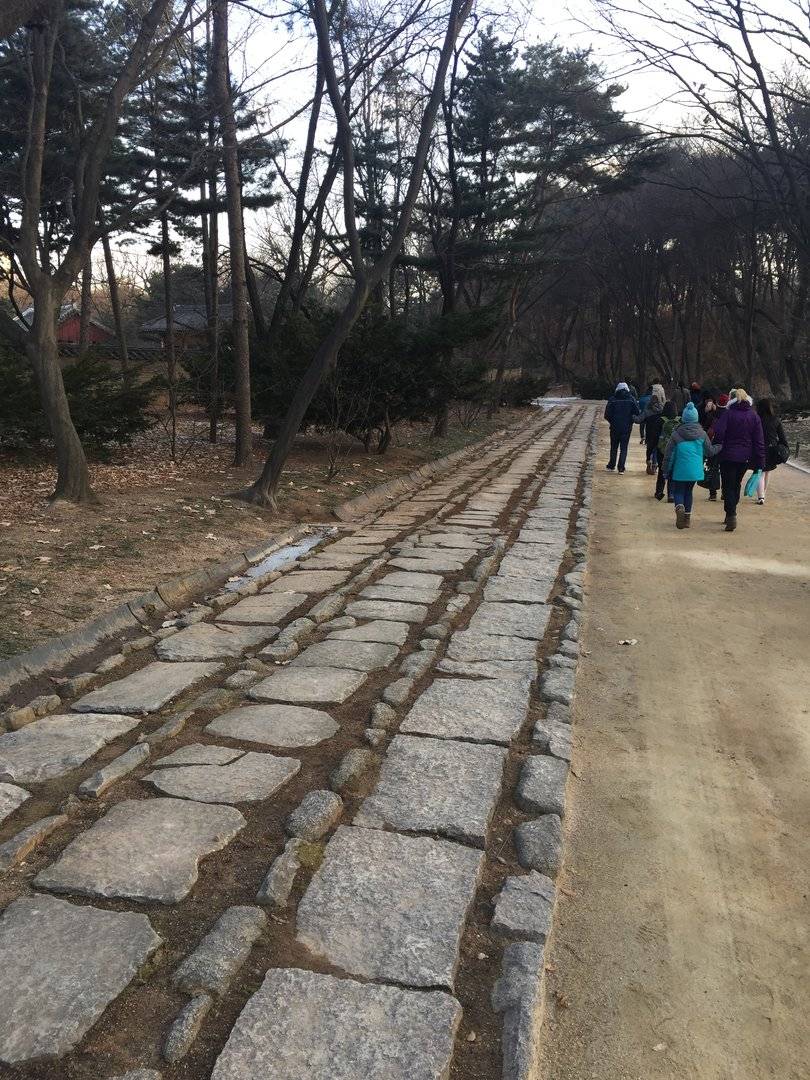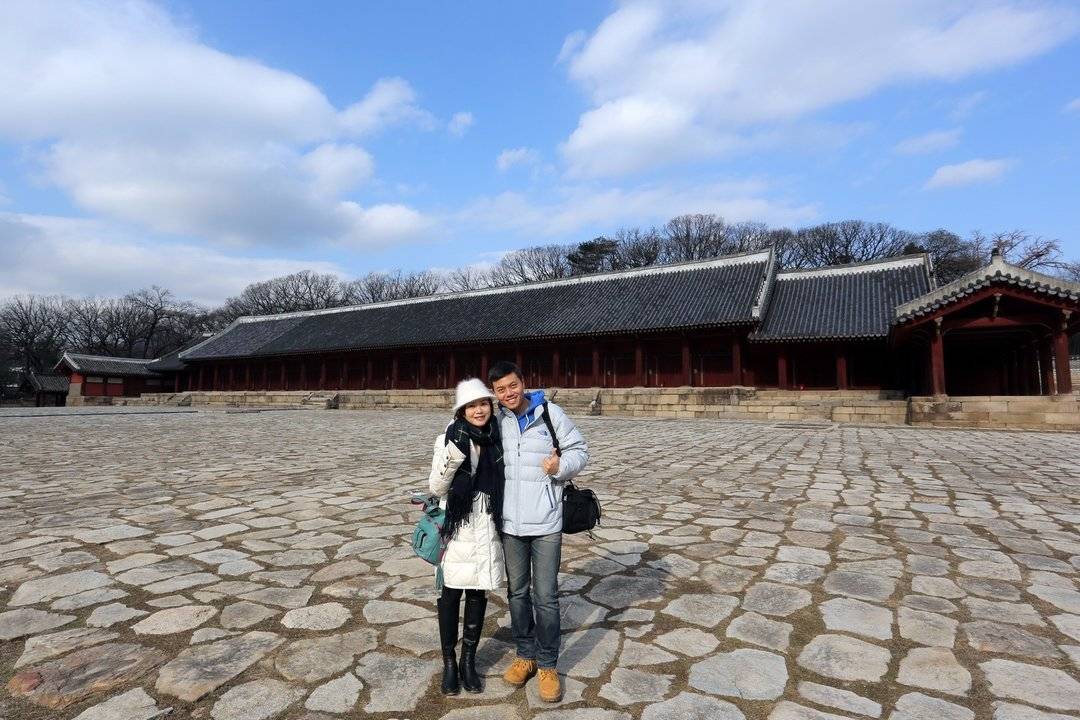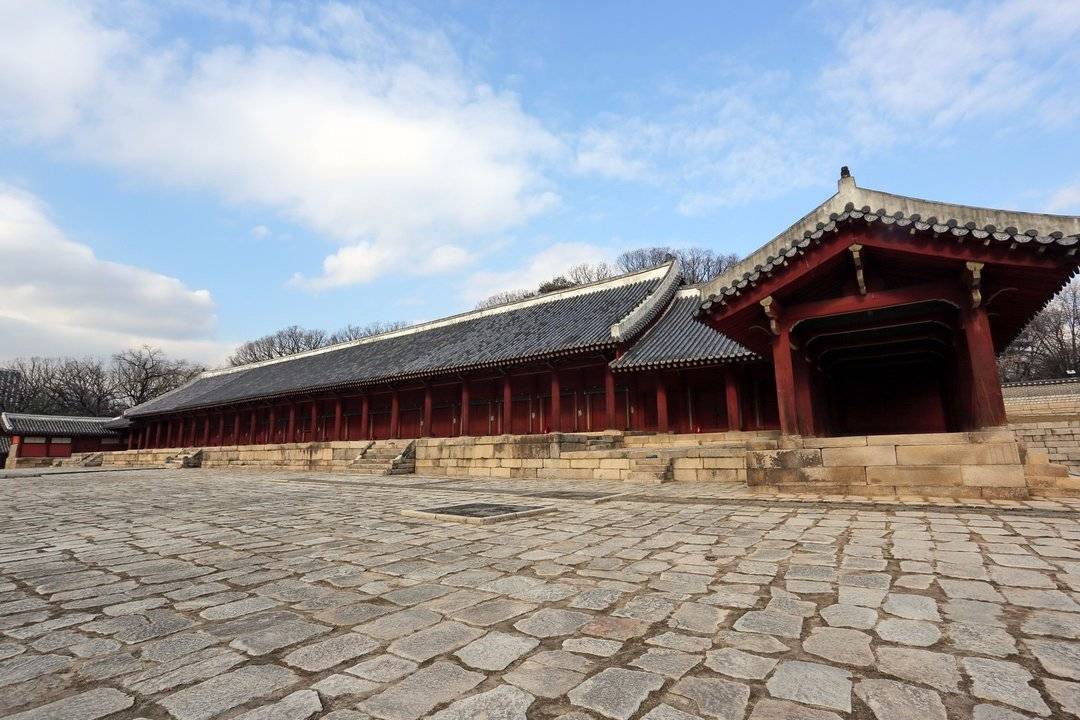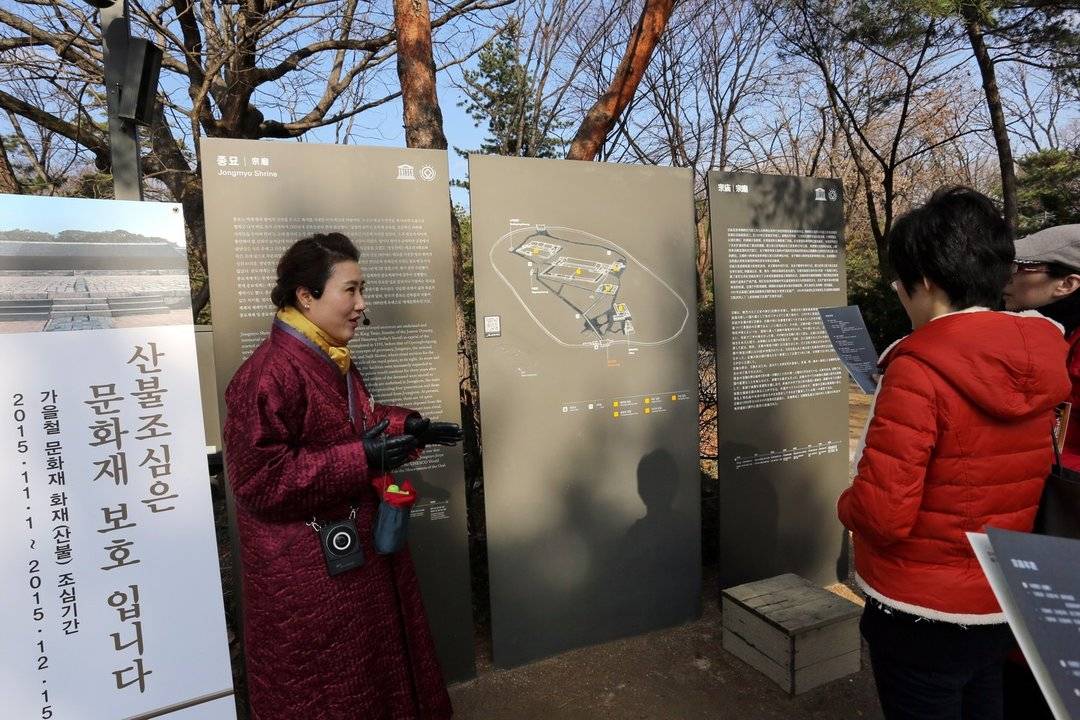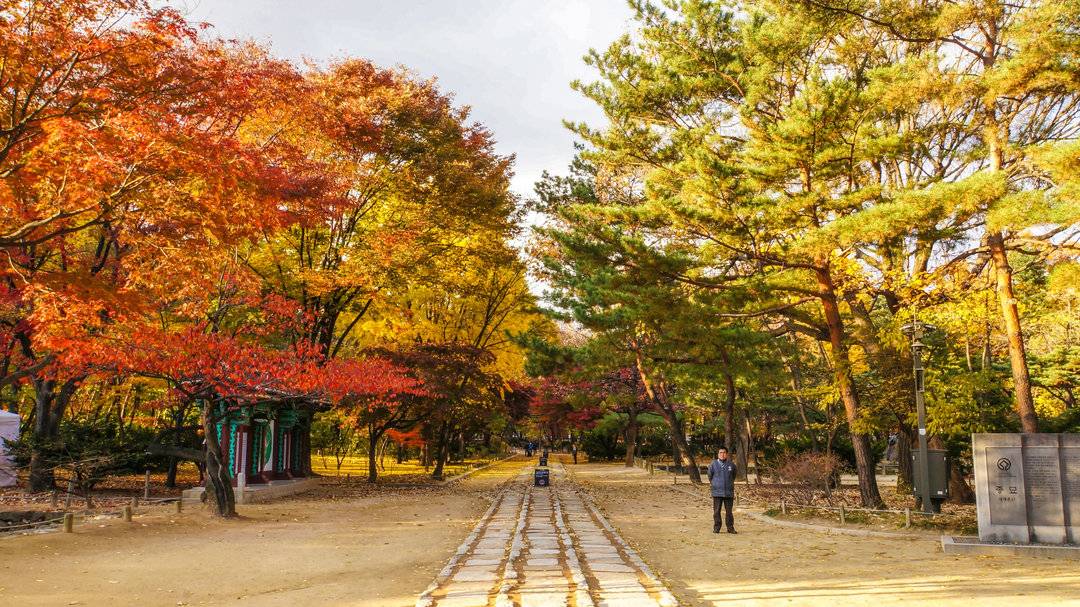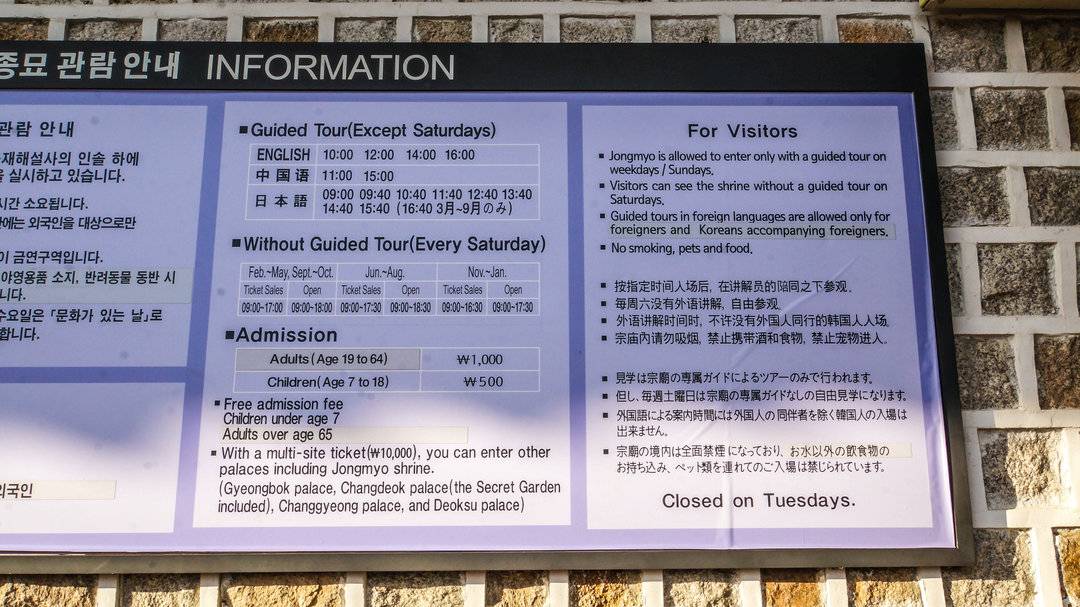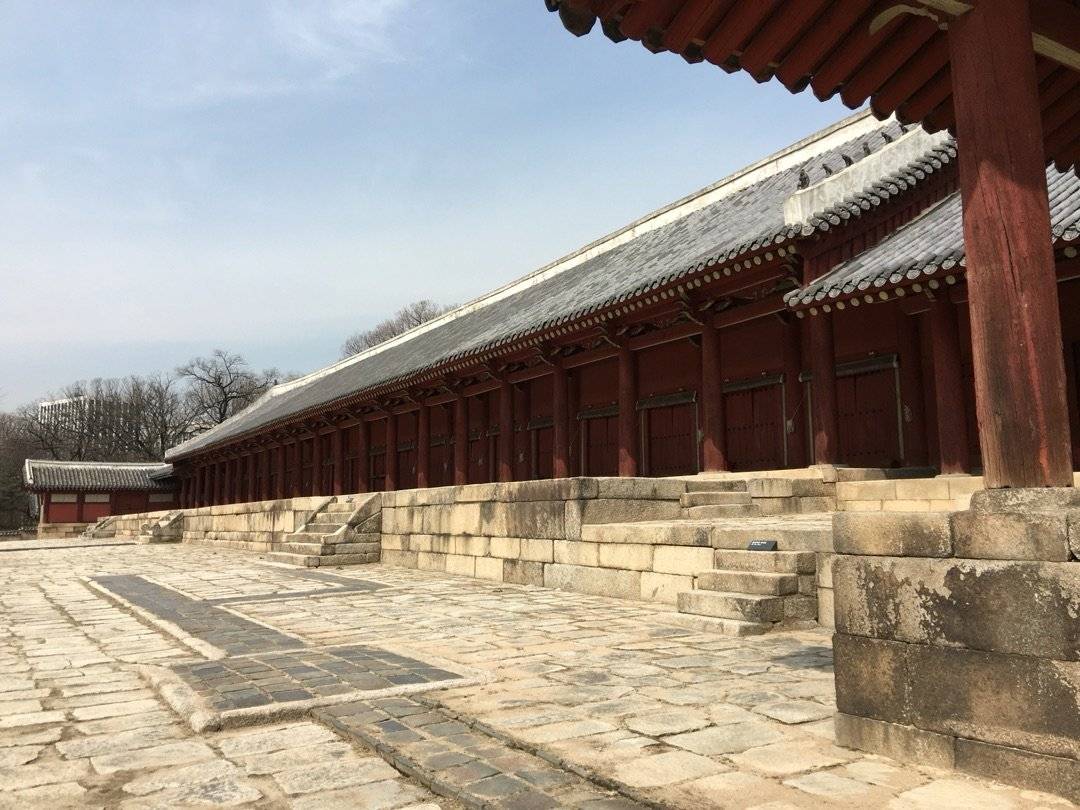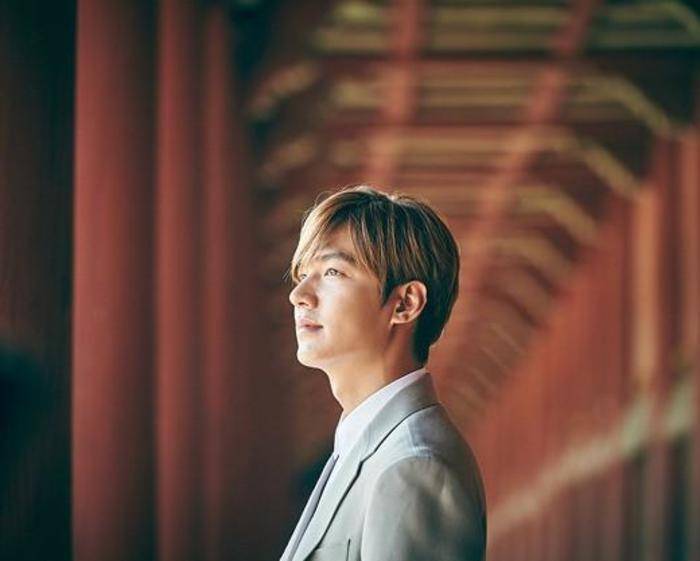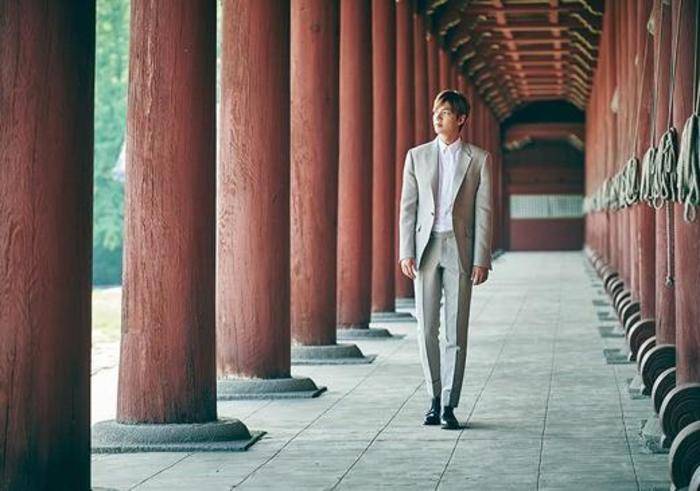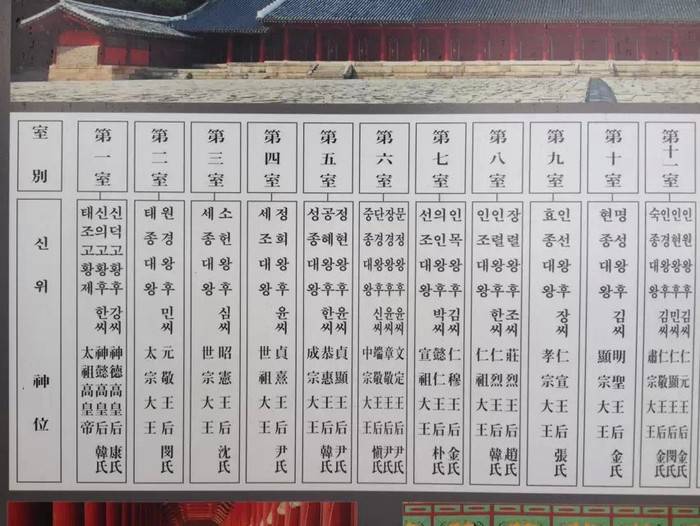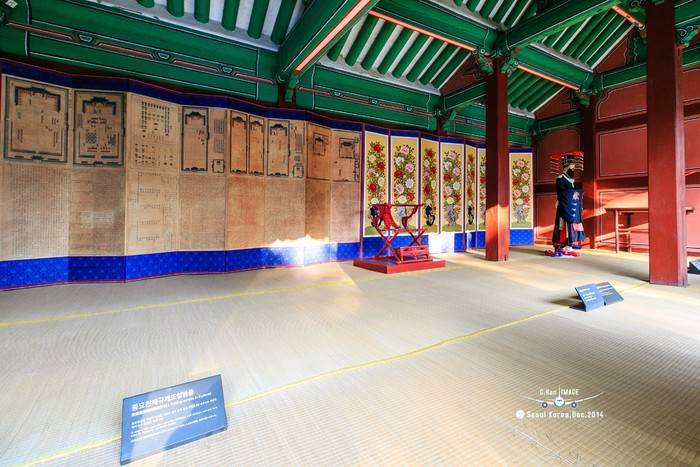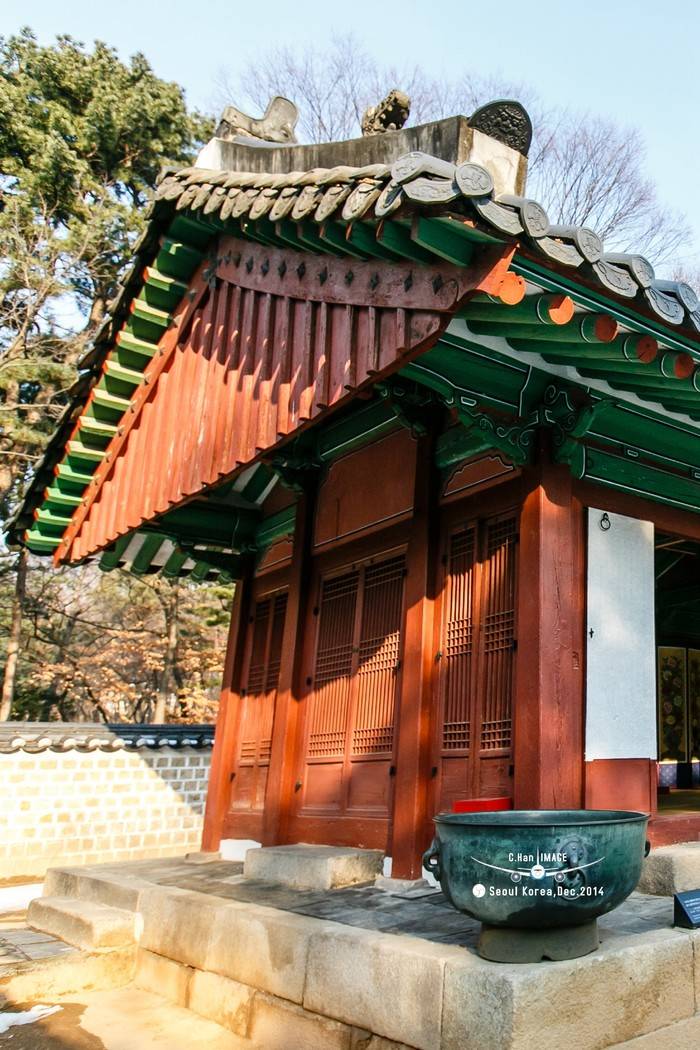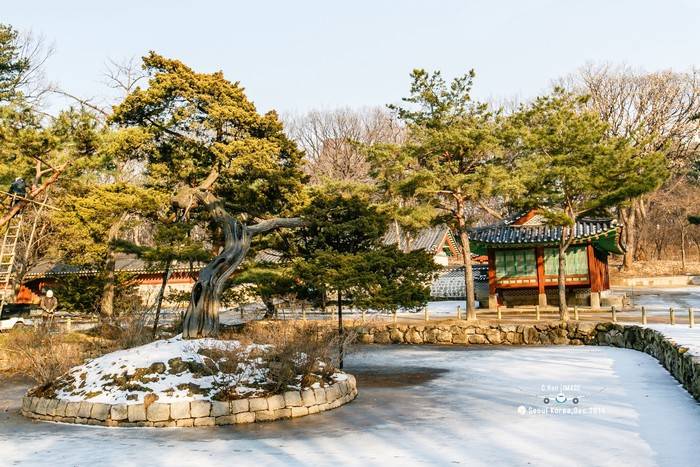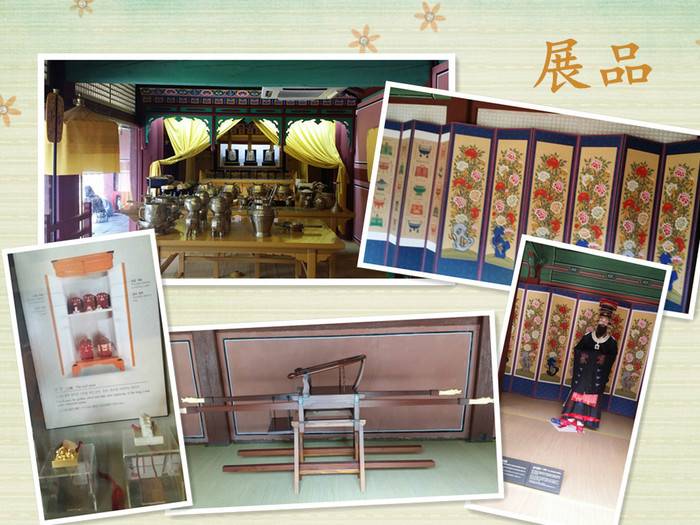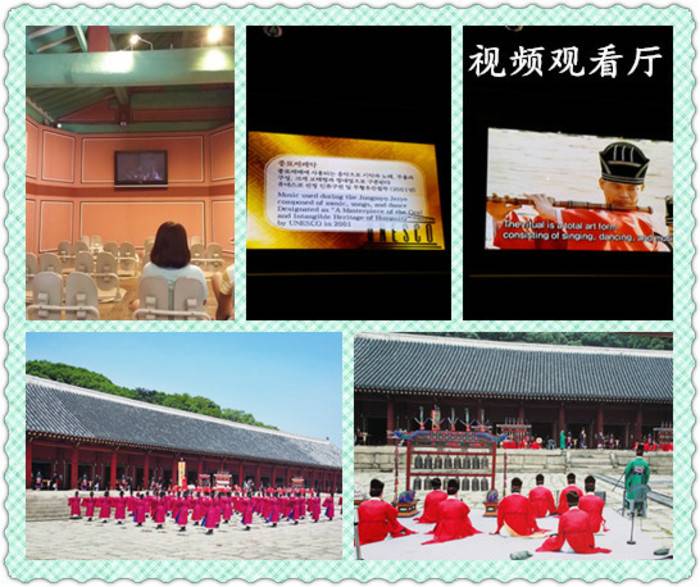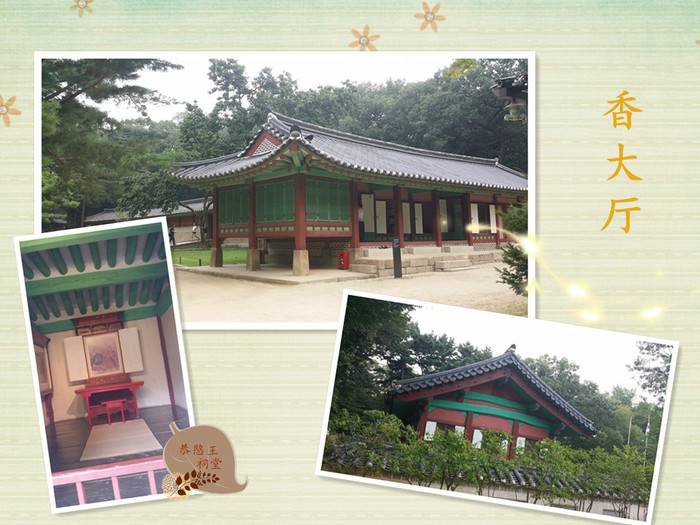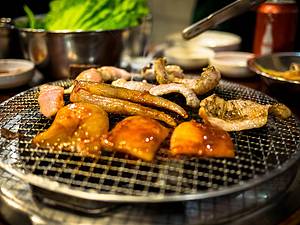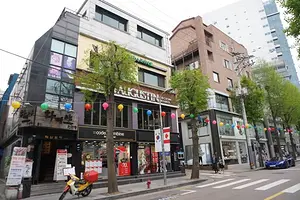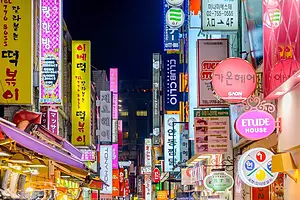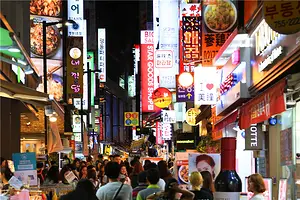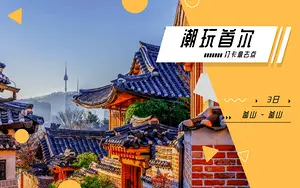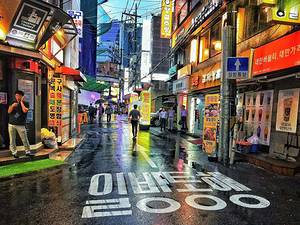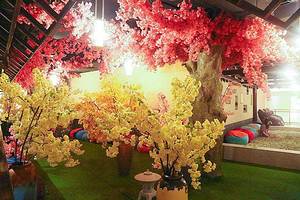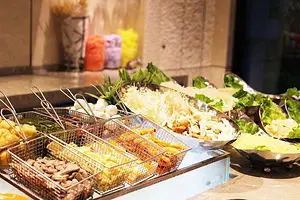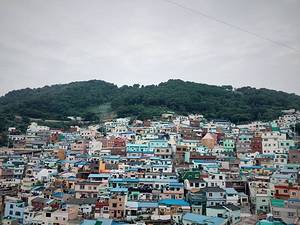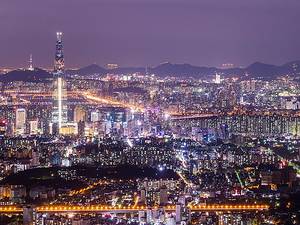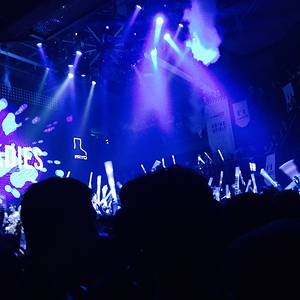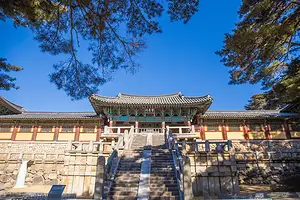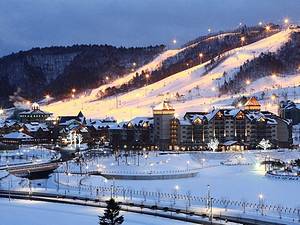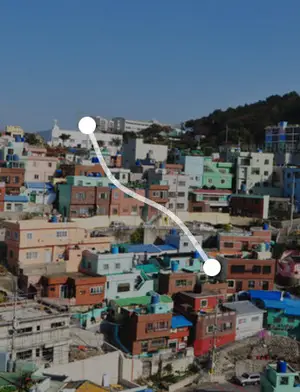Jongmyo, A Solemn Sanctuary of Ancestral Rites
155 Jong-ro 1-ga, Jongno-gu, Seoul, South Korea
4.2
Introduction
The ancestral shrine is a place where Korean kings held sacrificial ceremonies and also where the tablets of the kings were enshrined. It was built in 1394 by King Taejo Lee Seong-gye, next to the Gyeongbokgung Palace in the newly built city of Hanyang. The ancestral shrine still maintains ancient rituals and ceremonial music, thus making it a World Heritage site. Once visitors enter through the main gate, they will see three paths. The central path, slightly elevated, is where sacrificial offerings are made to the deceased kings; while the paths to the east and west are exclusively for the king and crown prince. These paths lead to the core of the shrine - the main hall. The main hall is where the tablets of the past kings are enshrined and where the sacrificial ceremonies are held, with the walls also documenting the legends of those who served the king. Additionally, when people think of the ancestral shrine, they also think of its ceremonial music. This music, consisting of instrumental music, songs and dances, dates back 500 years. Every first Sunday in May, visitors can witness the magnificent festival. At the same time, the ancestral shrine also collaborates with four other palaces (Gyeongbokgung Palace, Changdeokgung Palace, Changgyeonggung Palace, and Deoksugung Palace) to hold the "Royal Palace Culture Festival," showcasing many exciting activities and allowing visitors to fully experience the charm of Korean traditional culture. Address 155 Jong-ro 1-ga, Jongno-gu, Seoul, South Korea
Opening hours March to September, 9:00-18:00
October to February of the following year, 9:00-17:30, closed on Tuesday. Chinese guided tours at 11:00 and 15:00 (2 times/day).
Transportation You can choose to take subway lines 1, 3, or 5 to Zhonglu 3rd Street Station and get off there.
 Apply to become a UNESCO World Cultural Heritage site
Apply to become a UNESCO World Cultural Heritage site